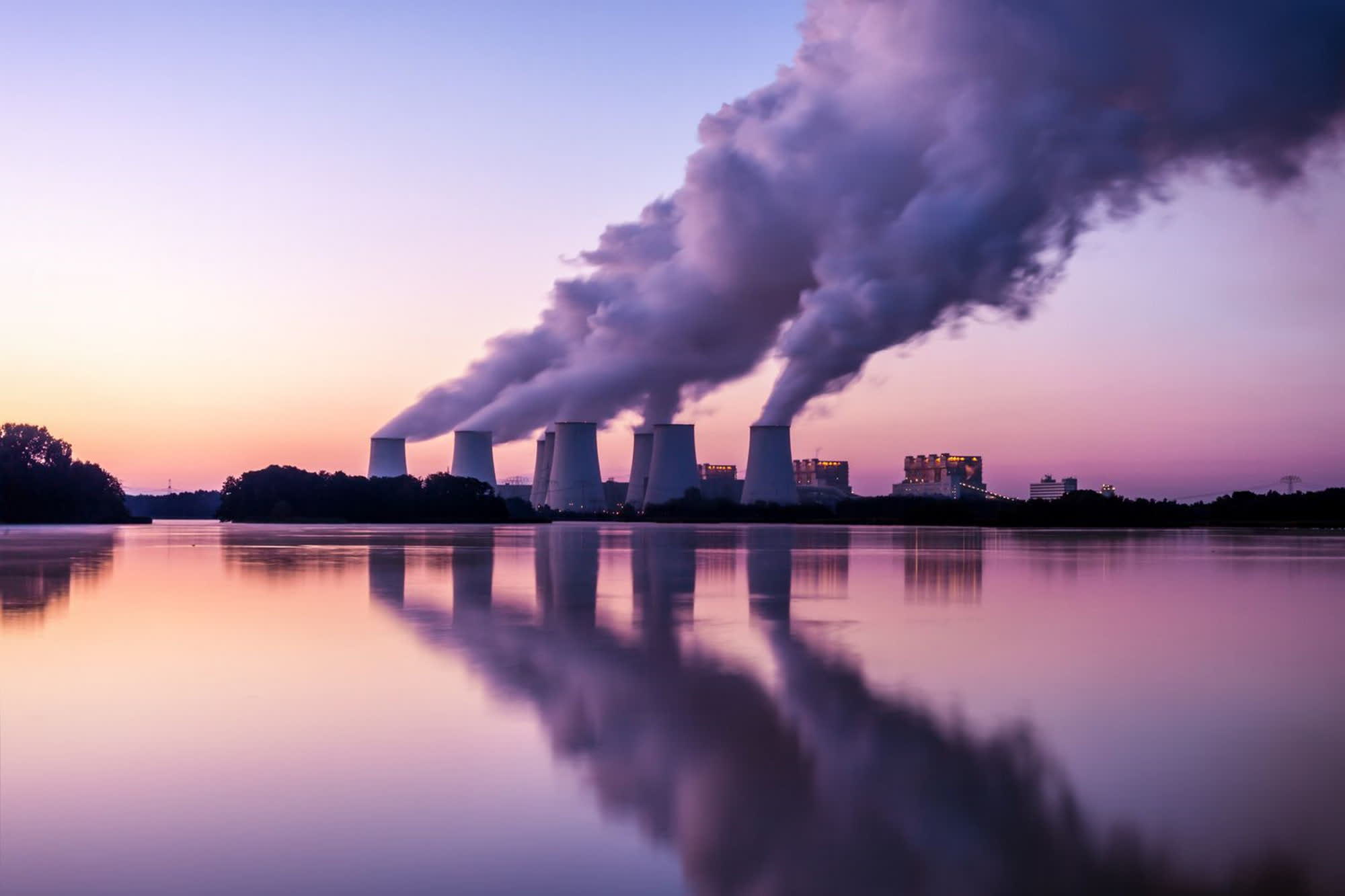Forward-looking: The US Department of Energy has published its first comprehensive plan to fight climate change by cutting building emissions of greenhouse gases. Federal agencies must cooperate to reach four strategic objectives and achieve "near-zero" emissions in the not-so-distant future.

The Department of Energy released a new National Blueprint for the Building Sector, aiming to reduce greenhouse gases (GHG) emissions from buildings by 65 percent by 2035 and 90 percent by 2050. Developed in collaboration with the Department of Housing and Urban Development, the Environmental Protection Agency, and other federal agencies, the plan is presented as the first sector-wide initiative designed to provide a significant, even unprecedented, impact on GHG emissions.
"America's building sector accounts for more than a third of the harmful emissions jeopardizing our air and health, but the Biden-Harris Administration has developed a forward-looking strategy to slash these pollutants from buildings across the nation," said U.S. Secretary of Energy Jennifer M. Granholm.
The DOE and the Biden-Harris Administration have devised a "comprehensive" plan to transform energy consumption in homes, schools, and workplaces. They believe the Blueprint will reduce utility bills and improve the community's health.
The Blueprint has four main goals:
- Increase building energy efficiency,
- Accelerate onsite GHG reductions,
- Transform the "grid edge" (interactions between buildings and the electricity grid),
- Minimize emissions coming from building materials.
The plan claims that reducing 90 percent of GHG emissions will save consumers more than $100 billion in yearly energy costs while avoiding $17 billion in air pollution-related health care costs.

The DOE's national plan aims to meet specific performance and technology milestones by 2035 and 2050. Meeting all these targets requires an accelerated deployment of energy efficiency and decarbonization technologies. The US government will take federal-level actions to increase such a deployment, while technology developments will be essential for the plan to succeed.
Washington plans to provide direct investment funds and financial support to develop low-cost, low-carbon technologies, working with state, local, and tribal authorities to meet its lofty decarbonization goals. The plan requires innovations in three pivotal areas: building upgrades, efficient electrification, and "smart controls."
The new decarbonization plan includes specific measures for disadvantaged communities, which are more likely to face "energy insecurity" because of high energy costs. One in five American households is "at least" one month behind with energy bills, the US Census Bureau confirms. These are the Americans most likely to suffer from the effects of pollution and poor energy efficiency. The National Blueprint will address this issue by emphasizing affordability and by slashing energy costs, making communities more resilient to power outages and extreme weather conditions caused by climate change.
The US government has a new plan for slashing greenhouse emissions from buildings